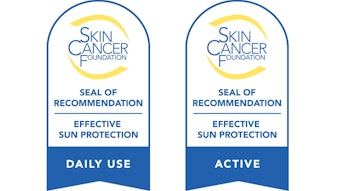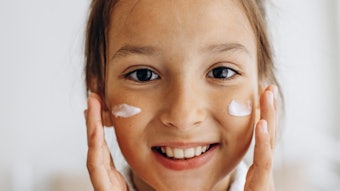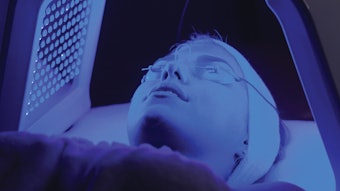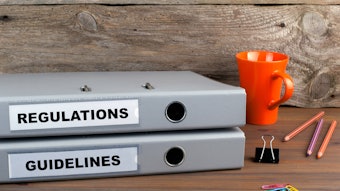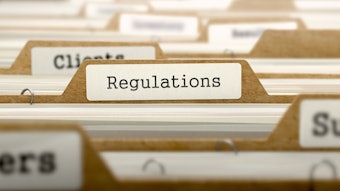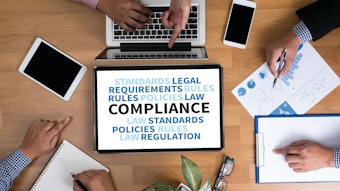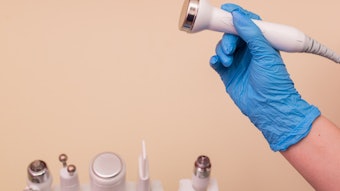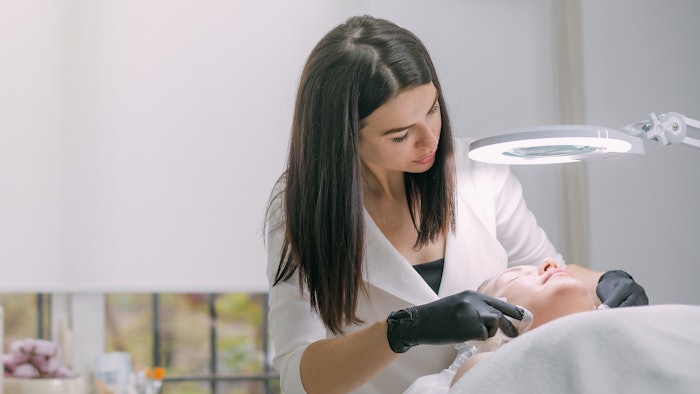
One of the most challenging aspects that estheticians face isn't just keeping up with the latest trends and techniques, but understanding the legal boundaries within which they can operate, known as their "scope of practice." In fact, one of the most frequent questions I get is: “Is this within my scope?”
It’s one of the hardest questions to answer due to the way our state boards interpret how the laws and rules are meant to be implemented. Unless the answer has been vetted by the attorney general’s office of your state or been litigated by a court, it’s just an opinion. Given the rapid advancement in beauty technologies and treatments, interpreting these guidelines can often be confusing and incredibly challenging.
State boards rarely offer direct interpretations of the scope of practice, especially concerning specific modalities and advanced treatments. This lack of clear guidance places the onus on estheticians themselves to navigate these legal waters cautiously. Unfortunately, we are increasingly affected by medical board interpretations as well. Having to monitor both boards can be a challenge for even seasoned professionals. To help out, here are some key considerations for estheticians striving to stay within their professional boundaries while expanding their expertise.
- Understand the advertised intended use statement. When determining whether a particular service or technology falls within your scope of practice, the first factor to consider is its intended use. This involves looking at what the treatment is designed to achieve, such as skin rejuvenation, acne treatment, or pigmentation correction. Services that aim to affect the skin's structure or function significantly might require medical oversight or fall entirely outside the esthetic scope. An intended use statement is required to register with the FDA too. It is U.S. law that any device that affects the structure and function of the body be registered including devices imported and distributed.
- Assess the depth of penetration. The modality's depth of penetration into the skin is another critical factor. This falls within the intended use description. For example, if we are firming the skin, the physiological impact is the dermis and or muscle. Treatments that work on the skin's surface are typically within an esthetician's scope, while those that directly impact deeper layers such as the dermis may not be. For instance, superficial peels may be permissible, but medium-depth chemical peels that affect below the epidermis often require a higher level of medical supervision or are completely out of scope.
- Evaluate the training requirements. The level of training required to perform a treatment safely and effectively is also a determinant. If a modality requires advanced knowledge or training beyond the standard esthetic curriculum, it may indicate that the treatment is outside the traditional scope. Laser use is a clear example of this, as it requires a certain level of training not provided in any essential training including in the medical field. This type of device use requires post-licensure education and potential certification.
Even if you use these points to identify what may be in your scope, there probably will be communication with the board that does not give you the answer you want to hear. These can come in the form of a formal state board interpretation.
Related: Navigating the 'Danger' Zone for Scope of Practice
Interpretation Statements
This is a bit controversial; the interpretation of the statute should include a public rules process in which stakeholders can comment on the rules. Often, I find interpretations done by boards that have no understanding of the modality reviewed and are done to avoid looking deeper at a device or modality. It’s often expedient to just say a device is out of scope or another board such as the medical board has made a statement about the device or modality that influences the decision. Most boards have authority in the statute that allows them to do this.
Petitioning the Board
In cases where the scope of practice is ambiguous, estheticians can petition their state board for an interpretation. When doing so, it's essential to provide comprehensive documentation, including manufacturer safety data and details about the training requirements for using the modality. This evidence can help the board make an informed decision about whether the treatment aligns with the esthetic scope of practice. Manufacturers should be involved with this process, after all, they are making money from our use in the treatment room.
Here is a key takeaway you need to understand: do not go before a board for a specific modality interpretation without all your evidence proving why the device or modality should be within scope.
Take Action
In the absence of explicit guidance from state boards, estheticians must take the initiative to research, seek additional education, and when necessary, directly petition their regulatory board. By doing so, they can ensure that their practices are safe, legal, and at the forefront of the esthetic industry’s advancements.
Manufacturers also have a critical role in supporting estheticians by providing clear and comprehensive information about their products. Together, through collaboration and vigilance, the esthetics industry can continue to thrive, innovate, and most importantly, ensure the safety and satisfaction of our clients.
Susanne Schmaling, a Licensed Master Esthetician, Certified Laser Technician and published author with over 29 years of experience, has made significant contributions to the spa industry. Her career spans sales, spa and medical spa ownership, and development of esthetics curricula, notably the Pivot Point Fundamental Esthetics for North America. She co-founded a digital personalization company in the U.S. Beauty market and frequently presents at prestigious international conferences. As CEO and founder of the Esthetics Council, Susanne champions estheticians' scope of practice issues in the US. She holds advanced qualifications in instructional design, creating over 50 eLearning courses and numerous workshops on diverse topics. Susanne is a member of the Skin Inc. advisory board.



